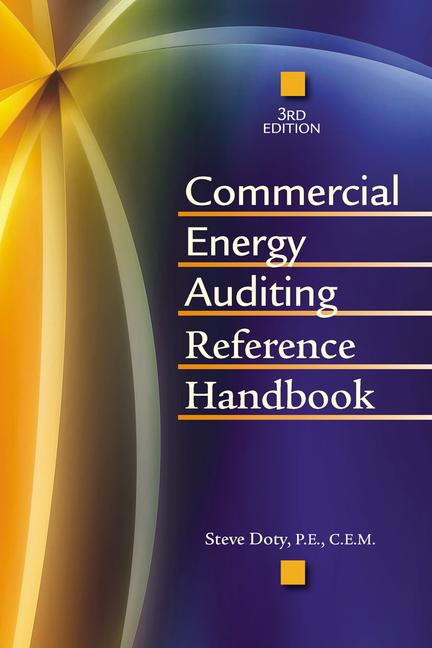- New buildings (or major additions) in the design stage that can significantly improve their energy specs.
- Existing buildings in high energy cost areas that have not undergone prior energy upgrades.
- Existing buildings in areas expected to see significantly increased energy rates.
While government-owned buildings (federal, state, and local) may also benefit, those owned by non-profit organizations (e.g., private colleges, medical centers) are effectively left out, even though many are major energy users.
Potential Benefits
Credits are offered that could buy down the installed cost of new systems by cutting the income taxes paid by facility owners. A parallel giveback process exists for government-owned buildings (wherein the contractor and/or engineer receives the credits, hopefully sharing them with the owner) but that option was not open to non-profits.Those interested in pursuing the money (up to $1.80/sq ft for overall building upgrades and up to $.60/sq ft for just a single upgraded system, e.g., HVAC or lighting) should ask themselves these questions:
- Will my planned upgrades to HVAC and/or DHW cut total building or system energy cost (not use) by at least 50% relative to a design meeting ASHRAE 90.1-2001 (the present standard in most states for new construction)?
- If I'm only upgrading lighting, does my design cut lighting power density by at least 25% below ASHRAE 90.1-2001 (50% for warehouse lighting) while still meeting IES light level recommendations, and also cut energy cost for lighting by at least 40%? (a pro-rated cut in the benefit is provided if the 40% savings level is not reached).
- Would it make economic sense for me to install on-site generation based on fuel cells (yielding a credit of $1,000/kW, up to 30% of in-stalled cost) or microturbines ($200/kW, up to 10% of installed cost) if I received the maximum tax credit for either of those options?
- Has my building received past tax credits for energy upgrades? If so, the new tax credit gets netted against those past credits, which could impact the bottom line payout.
- How much extra will it cost for the commissioning and certification required to model and prove the savings?
Playing With Energy Costs
While DOE has (as of late October 2005) yet to issue a batch of new regulations covering exactly how the act will be promulgated, one minefield it must negotiate gingerly is what future energy costs (or escalators) it will allow. Utility rates and fuel costs have become quite volatile, and the DOE's long-term price forecasts are routinely inaccurate. Cost escalators provided by one federal agency are based on census regions that fail to address major variations that occur within those zones (e.g., one region includes both New York City and Maine).At the same time, the act also pushes changes to electricity tariffs that could significantly affect the bills at some facilities. To help retail power customers receive market-based price "signals," Uncle Sam is boosting time-sensitive rates (e.g., time-of-use, real-time pricing, and critical period pric-ing) and the metering needed to make them possible. He is also promoting demand response programs and systems that pay users to cut electric demand during peak hours.
Until such rates are enacted, would a smart facility manager project a high impact from them on his electricity cost, thereby showing a greater impact from his proposed upgrade toward the 50% cost savings required by the Act? It will be interesting to see how DOE navigates such financial straits without discouraging entrepreneurial interest.



